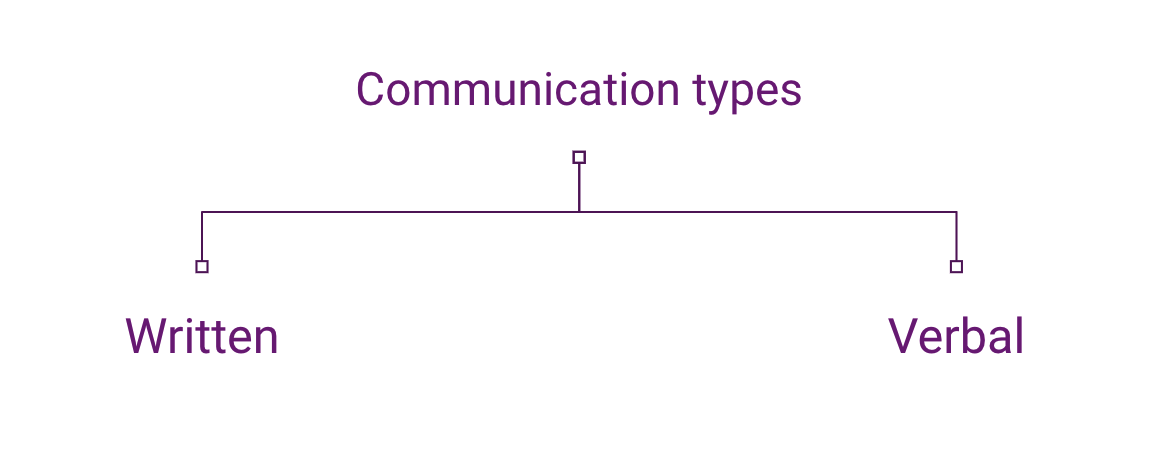Did you know that you can navigate the posts by swiping left and right?
The Sliding Scale of Communication
18 Jan 2022
. category:
.
Comments
We often discuss communication as a tale of two buckets: verbal and written.

This seems like a neat arrangement, until we probe a little deeper. Try classifying the following communications.
- Powerpoint slides. Slides are technically written, but they’re intended to be presented orally (verbal). How can we categorize the communication?
- Slack DMs. Slack messages are technically written communications, but are the quick messages you exchange with your teammate really the same as the updates you make in shared channels?
- Asynchronous scrum updates. Many teams adopt the (excellent) practice of ditching daily status meetings in favor of a daily update to a shared Slack channel. It’s written, but is it really all that different from what you’d say in a status meeting?
There’s a lot of communications that don’t neatly fit into the binary. Perhaps it’s better to consider how ad-hoc these communications are i.e. how much thought you need to put into the communication. Is it a quick message that’s part of an ongoing conversation with a teammate? Or is it a large intitaive that needs peer review and consultation? A more accurate view of communication is a sliding scale based on the amount of shared context. The more shared context, the less planned a given communication has to be.

When used appropriately, ad-hoc communications like Slack DMs are highly efficient. They’re quick, short, and can use shorthand because all parties have that shared context i.e. they’re on the same page. On the other hand, more planned communication like memos are successful when they assume no shared context (or explicitly state what the shared context is). This makes planned communication feel more heavy and inefficient, but it’s also generally more durable and provides value long after its initial publication.
When choosing a communication medium, select the medium that most effectively communicates the minimum required context. It can feel like a waste to type out a memo for your new teammate, but it’ll likely be way more efficient than multiple Zoom calls and Slack threads. Better still, it’ll help the next person who needs to join in and help. On the other hand, it’s a good idea to discuss tactical things with your teammates in a slack channel or video call – it lets you be more agile.
